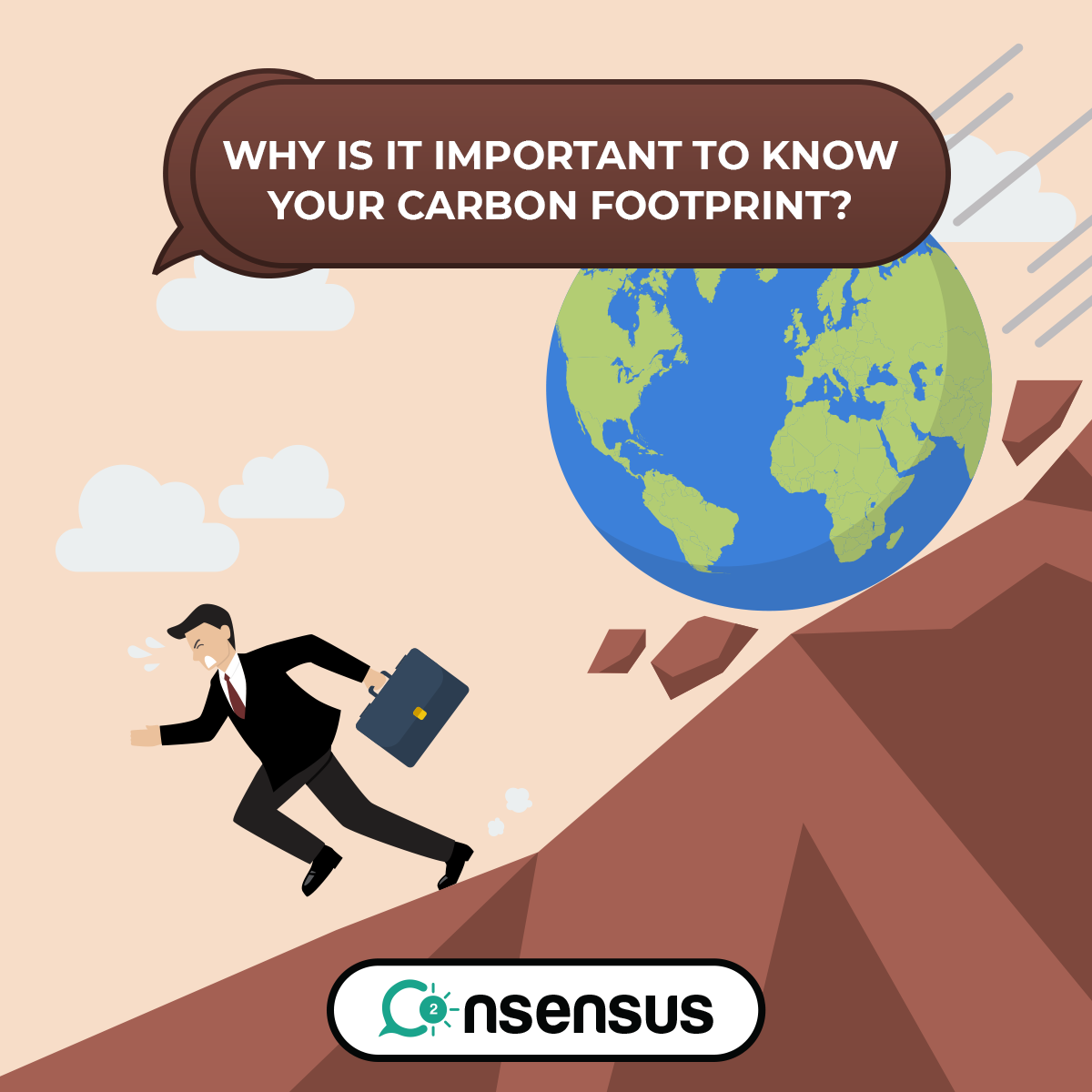Without any iota of doubt, the term referred to as “carbon footprint” has frequented the news countless times. In a more explanatory statement, carbon footprint is the total amount of greenhouse gas emissions into the surroundings which consists basically of carbon dioxide. It’s highly related to or associated with the activities of a person or group of persons in a community, an organization or in a particular industry and their impacts on their immediate environment and largely the ecosystem.
Naturally, an increase in the emission of greenhouse gases is one of the most influential factors in climate change—an effect which has largely contributed to global warming. The highest emitters of CO2 are found in houses and industries as well as vehicles. Although, it is quite unfortunate that to buy appliances and vehicles that can contribute to carbon footprint reduction, it would cost a fortune which doesn’t seem too good for potential consumers.
Taking a closer look at this situation, you will agree that, at this juncture, it is quite imperative to check the unsuitabilities and negative impacts carbon footprint can have on us, the society and especially the climate change. The following are 4 important reasons why you should know your carbon footprint:
1.Adverse Effects on the Environment
Obviously, the high rate increment we often encounter in carbon footprints has a devastating effect on our environment. It contributes to the rise in temperature and precipitation shifting patterns which shows the fluctuating and dastard growth of plants making local vegetation difficult to rise except in other cooler climates. As the temperature of the earth rises, so are those of the sea levels too given that warmer water bodies usually occupy more space compared to cooler ones.
When sea level rises, it would not only wear away our lands but would also destroy our ecosystems, cities in the coasts and several towns that can be flooded by water.
2.An Extinct in Wildlife
When plants and vegetation moves from one climate to another due to high temperatures that could not be withstood, important animals in the wild would also be threatened to migrate away from these areas because they may not be able to cope with the changing climate. For instance, migrating birds reaches a particular place only to discover that their food material such as plants have either grown too early or have not grown at all; or the melting of the artic ice which does not create a good hunting environment for polar bears.
A report by the Nature Conservancy maintains that if climate change keep on increasing at this present pace, then ¼th of the world animal species would possibly go into extinction in no distant time.
3.Hazard to Human Health
The increasing rate of our carbon footprint have the capability to harm the human health. It is even much more disturbing that those who stand mostly at risk are the woman and children—especially those that deals in Agriculture; The World Health Organization (W.H.O) projects that climate change is foreseen to increase the number of people living in Mali and suffering from hunger from 34% to nothing less than 64% in 40 years to come.
Besides, it’s important to know that high increase rate in malnutrition is a consequence of climate change on food—This is mostly experienced with drought as it drastically impedes the growing season. Again, it could instigate diseases such as diarrhea because there’s no real access to safe water. Malaria, which is a consequence of plasmodium vector, would be on the rise with increase in temperature.
On a final note, an increase in air pollution has simultaneously resulted in the creation of respiratory challenges such as asthma while other allergies has also been on the rise.
4.Bad Economic Losses
Without mincing words, the menace which our ever increasing carbon footprint has on the economy is quite unwholesome. Change in climate will definitely affect Local economies—most especially those that are highly dependent on land and natural resources. Farmlands would fail to yield good crops because, according to a report by Nature Conservancy, carbon footprint and the unfavorable climate change has sent a strong warning to the Lobster industry in England because catches has now seriously nosedived thereby bringing forth an economic loss.
Also, increase in temperatures of water bodies such as the ocean is seriously becoming dangerous to the existence and survival of coral reefs—which is apparently an industry that produces a huge revenue yearly.
However, having known the reasons why it is important for you to know your carbon footprint, the next question that might possibly pop up on your mind is: “what are the steps to take to prevent or reduce these carbon footprints?”
First, one important way by which you can reduce your carbon footprint is by minimizing energy. Always make sure you put off lights and other electricity consuming appliances when you’re not using them.
Secondly, use efficient energy-saving light bulbs which would help protect the planet and also reduce your electricity consumption bills.
Thirdly, save water from wastage by taking short showers and always make use of reusable canvas shopping bags.
Furthermore, try to change your choice of transportation. You should walk or ride a bicycle and enjoy a more healthier life.
Lastly, plant a tree in your backyard because tree planting is one of the realistic and most efficient way you can reduce your carbon footprint.
Although, you might possibly not see or know how your current lifestyle affects the immediate environment, but getting to know your carbon footprint, nonetheless, is more important to the planet and it is believed that if you can contribute positively towards protecting the planet, then you’ve taken a part and successfully lent a hand in enhancing a world devoid of climate challenges.
